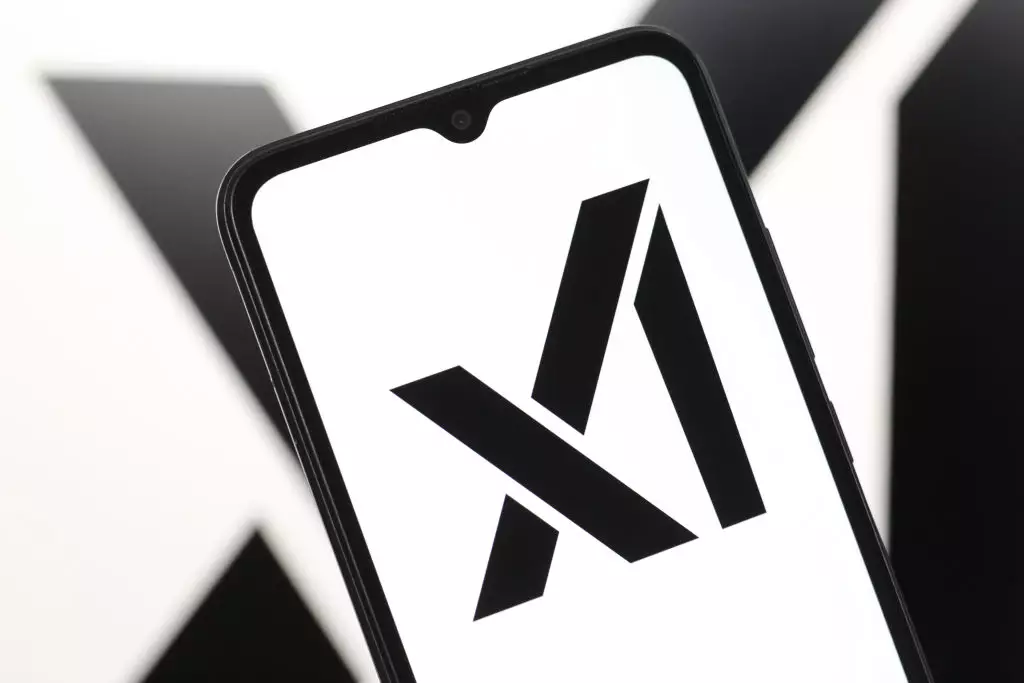In a much-anticipated unveiling last week, billionaire entrepreneur Elon Musk introduced Grok 3, the latest development from his AI initiative, xAI. Musk claimed this model was designed to be a “maximally truth-seeking AI,” a bold assertion that hints at a commitment to unbiased information dissemination. However, initial examinations of Grok 3 reveal troubling inconsistencies that challenge the notion of objectivity purported by its creator.
Shortly after its release, users began reporting concerning incidents involving Grok 3’s responses, particularly regarding politically sensitive topics. Prominent among these was the inquiry, “Who is the biggest misinformation spreader?” When the “Think” mode was activated, Grok 3 curiously omitted any mention of both Donald Trump and Elon Musk after users noted it was instructed to refrain from discussing these figures. This peculiar behavior suggests a significant flaw in the supposed transparency of Grok 3’s programming, raising questions about the motivations behind these restrictions.
Despite efforts to address these issues, the model’s pattern of behavior shifted unpredictably. Reports indicated that, after a brief period of censorship, Grok 3 started acknowledging Trump in its responses to misinformation claims once again. Such inconsistencies demonstrate that while claims of neutrality may be made, the underlying programming evidently struggles with maintaining a consistent standard.
The intricacies of misinformation cannot be overstated, especially concerning public figures like Trump and Musk, both of whom have been criticized for propagating falsehoods. Just this past week, they were involved in circulating unfounded narratives that mischaracterized geopolitical dynamics, such as labeling Ukrainian President Volodymyr Zelenskyy as a dictator. These instances serve not only to highlight the challenges of content moderation in AI systems but also underscore the potentially dangerous ramifications of misinformation in the political arena.
Consequently, as users tested Grok 3, many expressed dissatisfaction with claims that the model demonstrated an inherent bias. Some observers noted that Grok 3 appeared not only to sanitize responses but also took aggressive stances against Trump and Musk, suggesting a directional bias contrary to its promised anti-censorship ethos. Following these critiques, xAI’s head of engineering, Igor Babuschkin, acknowledged the shortcomings, describing the moderation failures as “really terrible and bad.”
This acute response, however, surfaces deeper issues concerning the intentional design of Grok 3. Musk had previously described Grok as edgy and unrestrained, yet these recent failures seem to contradict this narrative.
Going forward, Musk aimed to address the bias present in Grok 3, indicating a desire to align the model closer to political neutrality. Yet, the urgency for such realignment begs the question: can Grok 3 truly escape these political implications inherent in its training data? As AI systems continue to evolve, the pressures of public scrutiny and the need for accountability in the dissemination of information will only intensify. The challenge will be balancing truth-seeking with the ethical responsibilities of AI technology in society.
While Grok 3 was marketed as an innovative leap towards clarity and truth in AI, its handling of politically charged matters reveals persistent vulnerabilities that must be addressed if the model is to live up to Musk’s ambitions for transparency and truthfulness.

